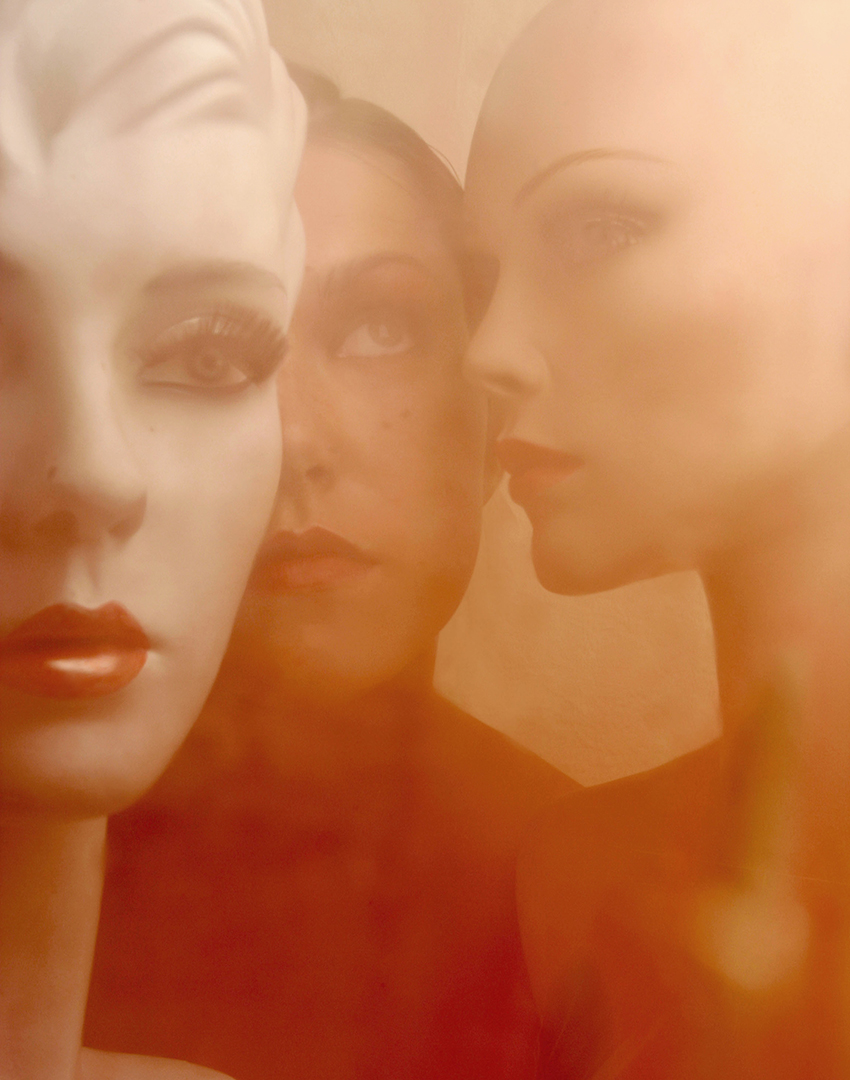The photographed portrait
An essay
about graspable
and non-graspable faces
in photographs
An essay
about graspable
and non-graspable faces
in photographs
How is a photo perceived? How much influence does the photographer exert? Where is the portrayed in this fleeting moment and how graspable is the actual image that seems to manifest itself in this moment? What does the viewer of the photograph see? How much truth does the photographed portrait contain and how far can the spectrum of perception be extended?
Regarding the photographed portrait, I would like to focus on three points: The photographer, the portrayed, and the viewer of the portrait. I am fascinated by and interested in the possibilities of a portrait, the influences on a portrait, and the perception of a portrait.
The key epistemological question, and the main artistic challenge, lies in the grasp-ability of the photographed portrait. Where are the boundaries between being and appearing? And, how far can the perception of the image be influenced? The most frequent encounter with images is in the media. Here, we are all aware that images are influenced by the photographer, by the light, by the choice of object, the lens, the frame and its broader narrative context. In this flooding gush of the disseminations of mass images we do learn to question photographic images as seen in the work of the artist Hiroshi Sugimoto, who dissolves the boundary between copy and original in his photographed portraits of wax-figurines.
I want to follow through on these questions. I would like to understand and ponder them. I want to provide a greater understanding of the influencing factors and the process of perception to myself, to viewers of photographs, and to other interested persons.
My work consists of different photographs that can be viewed as single images. However, the compilation does aim to provide an overall effect. The choice of portrait ideas reaches back to the questions posed in the introduction. They focus on perception and the resulting emotions such as irritation, affirmation, or rejection. The photographs intend to draw the viewerës attention to the proposed topic through irritation or a reaction against usual, pre-programmed, inhibited patterns of visual consumption. I draw on the work of contemporary artists engaged with these themes as well as the deconstructive culture theorist Roland Barthes. The following pages show an overview of my work.
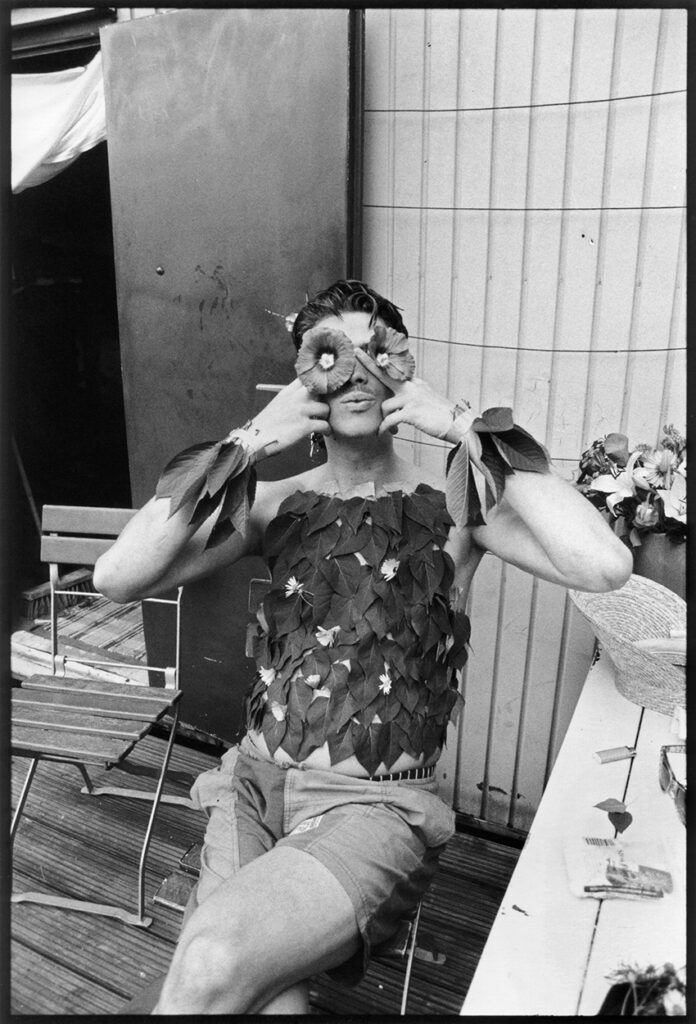
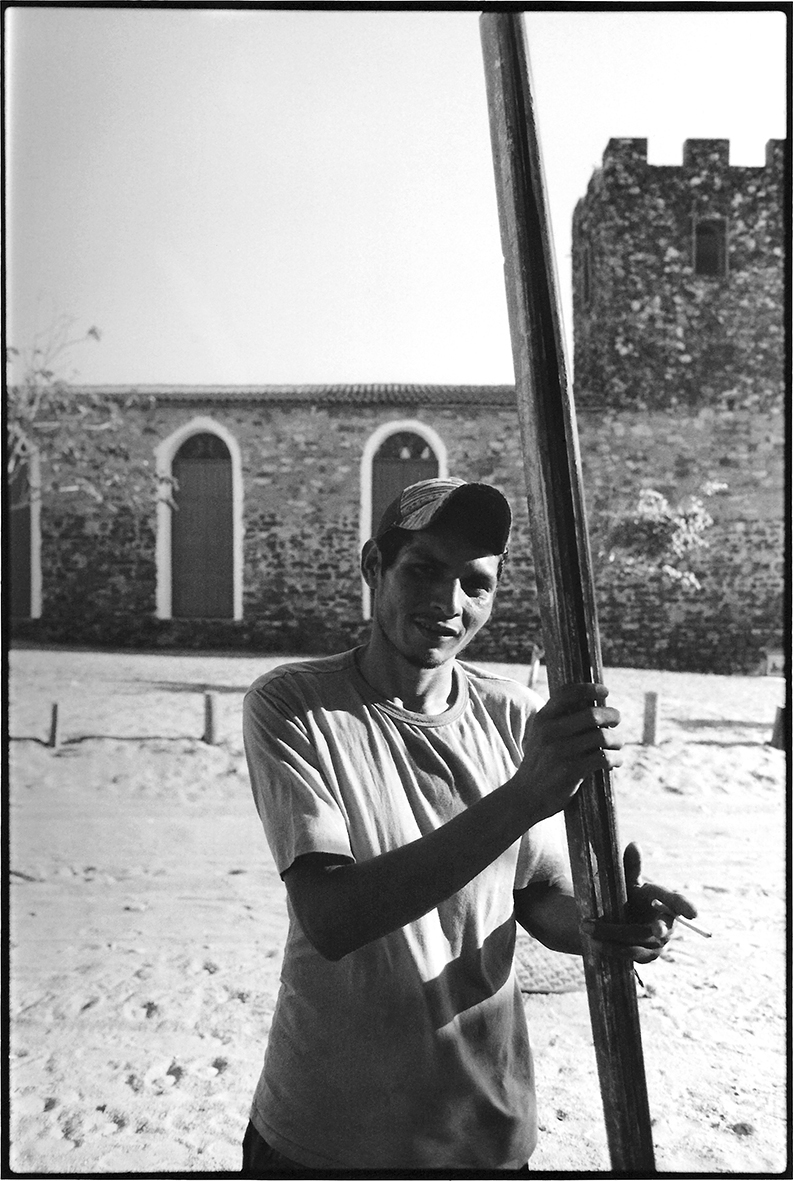
I am standing in the shade. No wind can be felt. Despite the passing of the midday sun, it is still hot. The white sand creates a glare. That’s why I wear shades. I am standing across the street from the local church. The yard is quiet, although I can hear music from afar. I smell the scent of cigarette smoke of the one standing in front of me. I do not know him. We happened to meet per chance and exchanged a few fleeting words.
I looked at him – and captured him – on my film. Now, he is here, now, you have seen him too.
Brasil, Jericoacoara, Dec. 2013
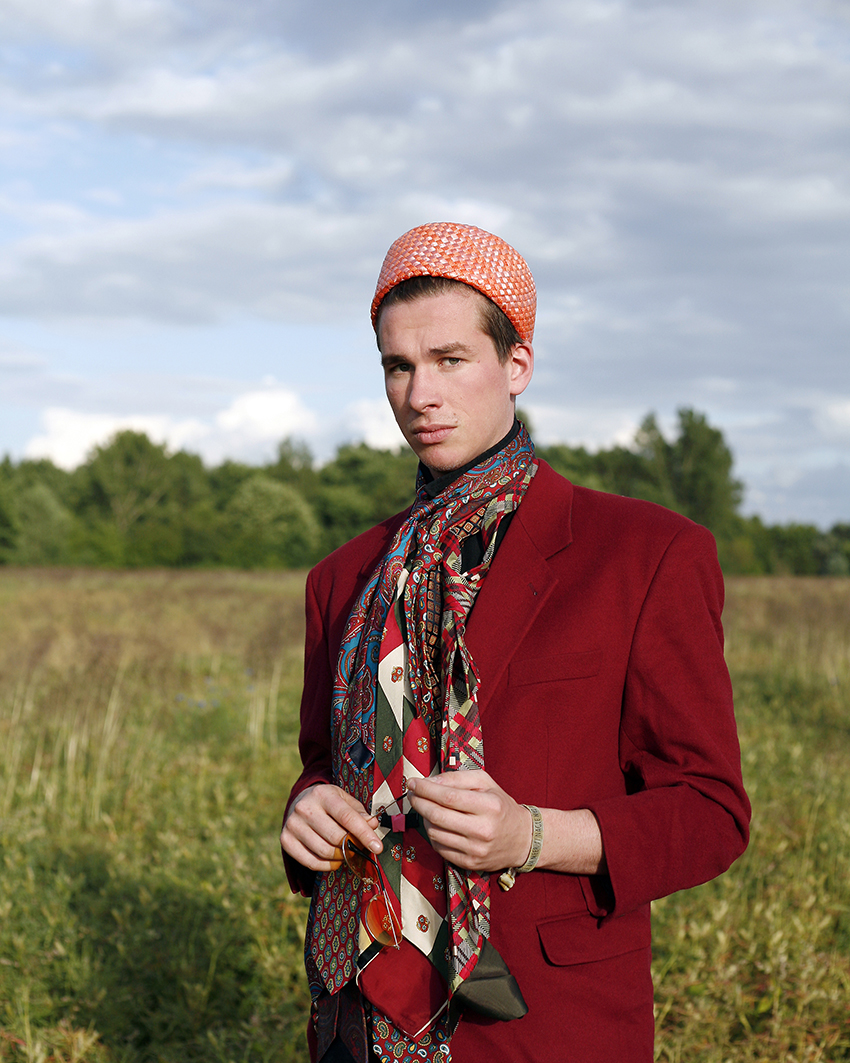

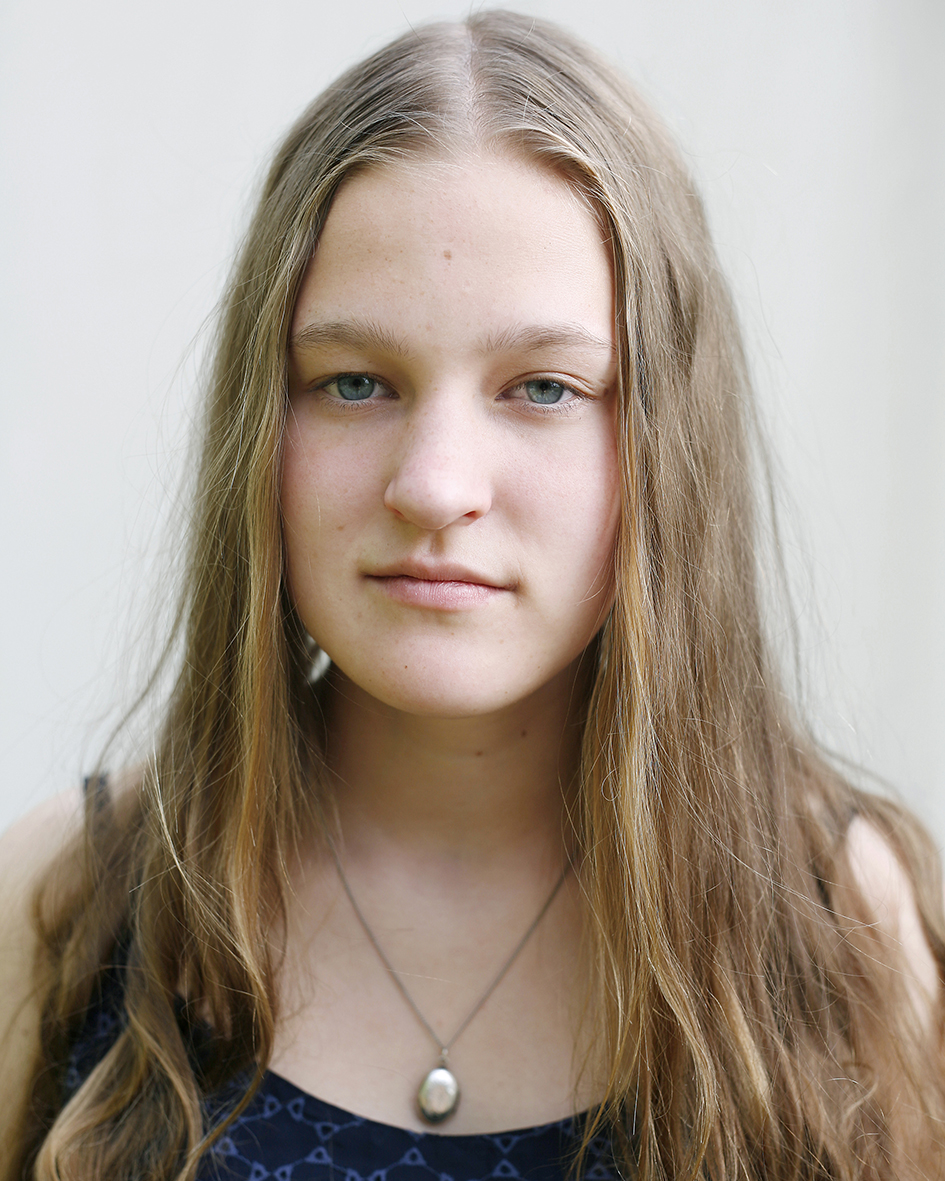
My thoughts are gushing through me …
There is that camera
in front of me.
It focuses in on me.
I feel uncomfortable.
I am no longer myself.
My self feels unnatural all of a sudden – my cluelessness of how I appear is estranging.
Where
did I go
and who
will be seen in the photograph?
I am looking through my lens.
My sight
Is focused
on the face alone,
on the person in front of me,
on the posture,
the gesture.
All my tension,
all my concentration,
is focused on the moment,
for which I am waiting.
There it is.
I don’t think.
It is spontaneous, intuitive, natural.
I aim, shoot, load, am ready again.
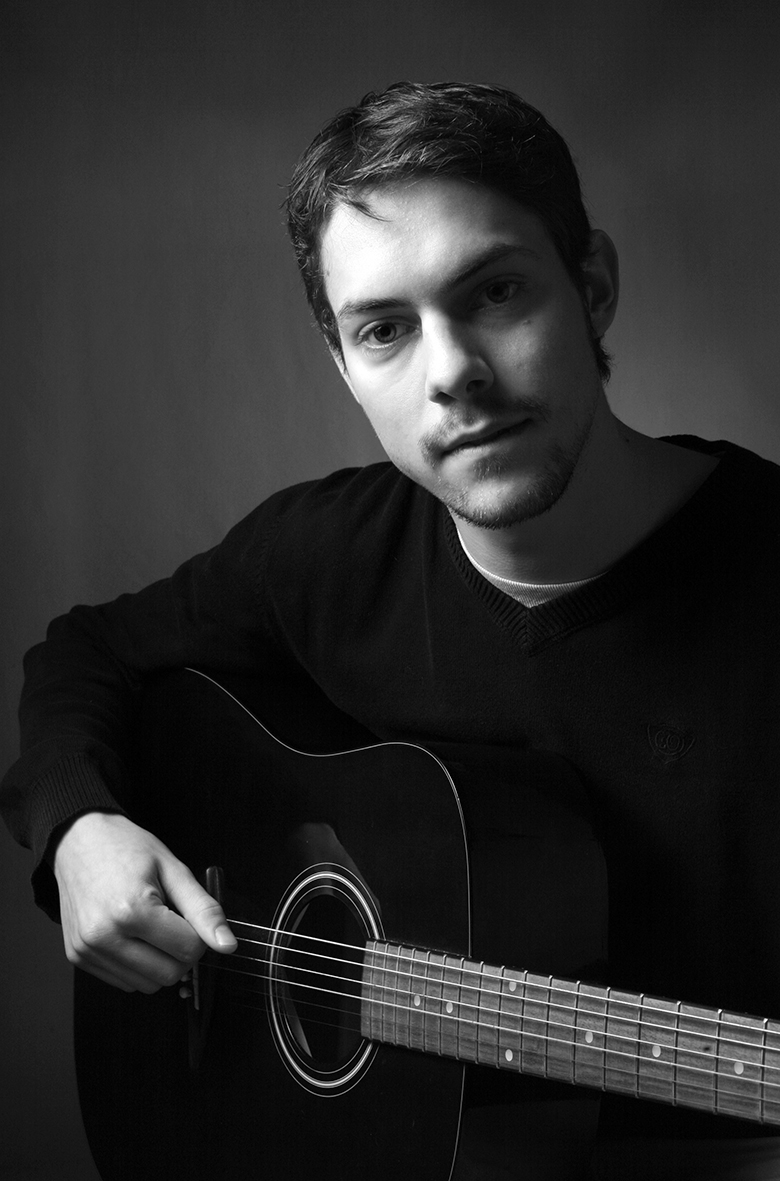
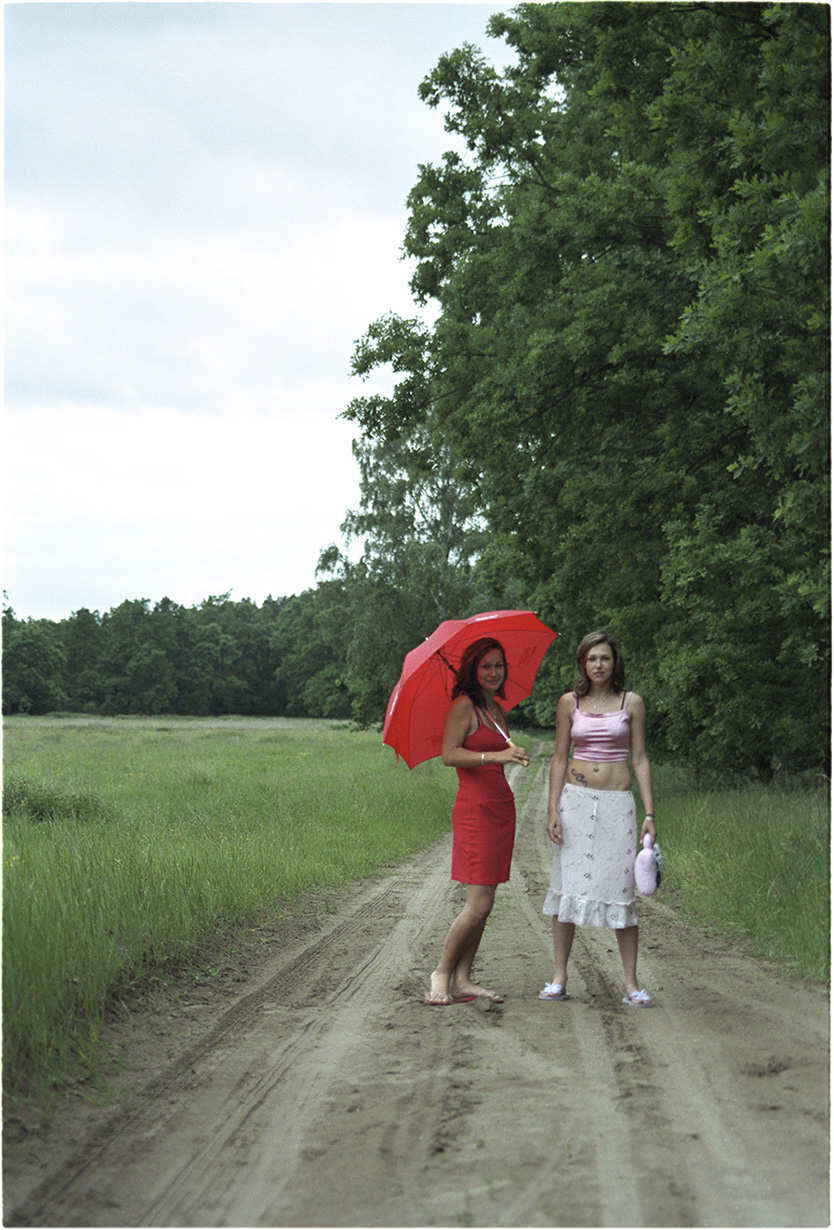
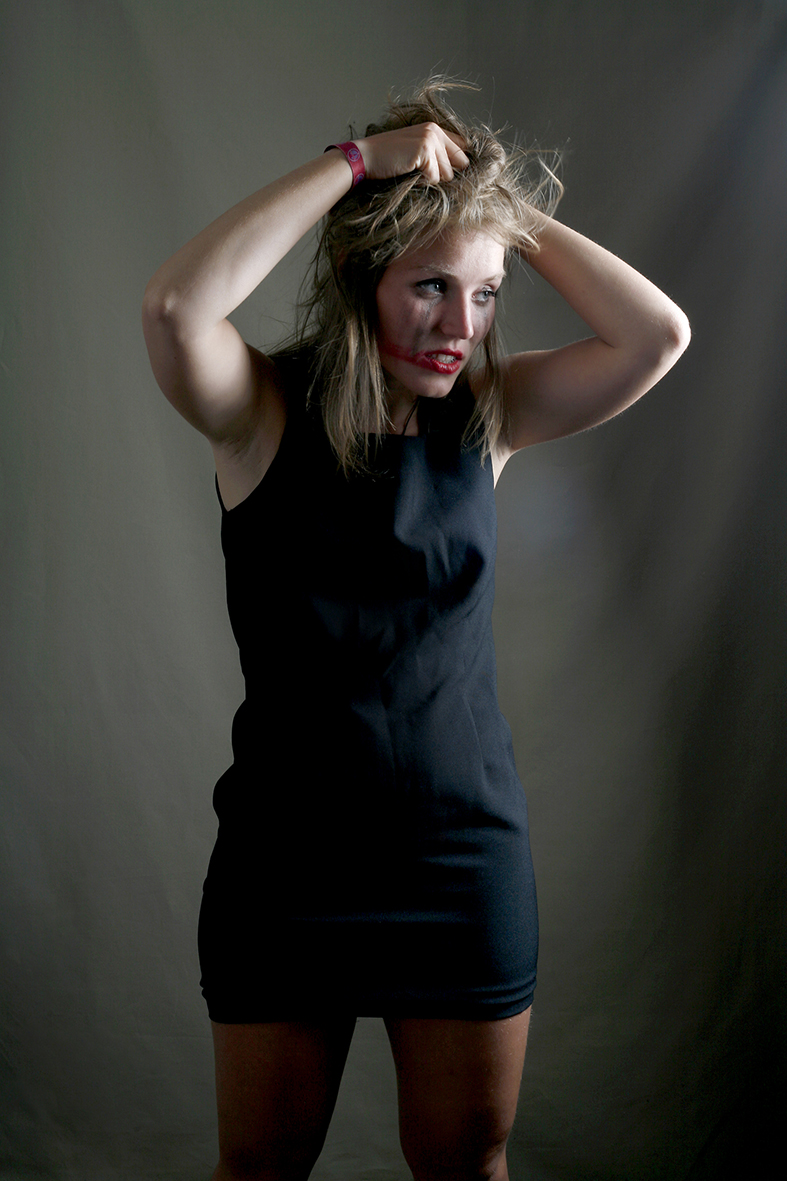
There
The photograph lies before you …
What do you see?
What are
You looking for?
Where does your journey end?
And you arrive at that, which you trust, which appears close to you.

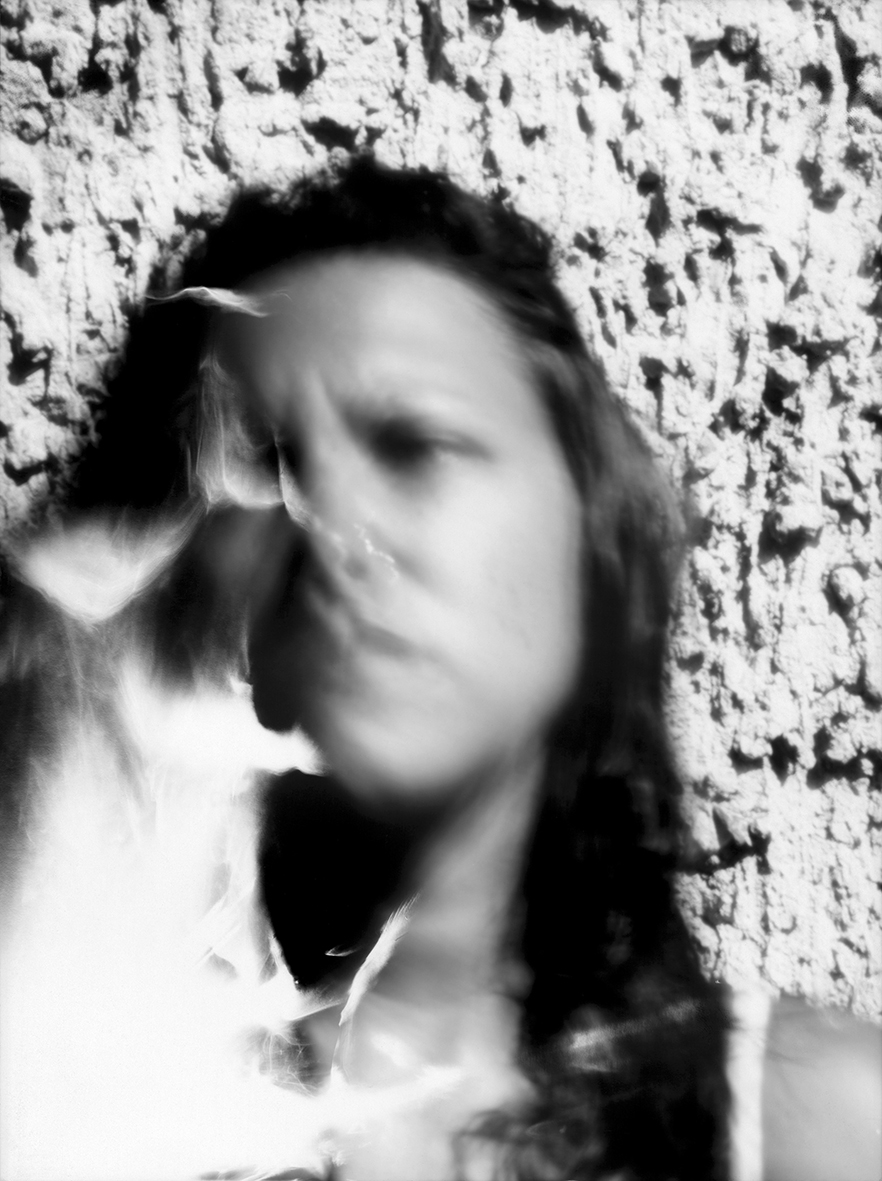
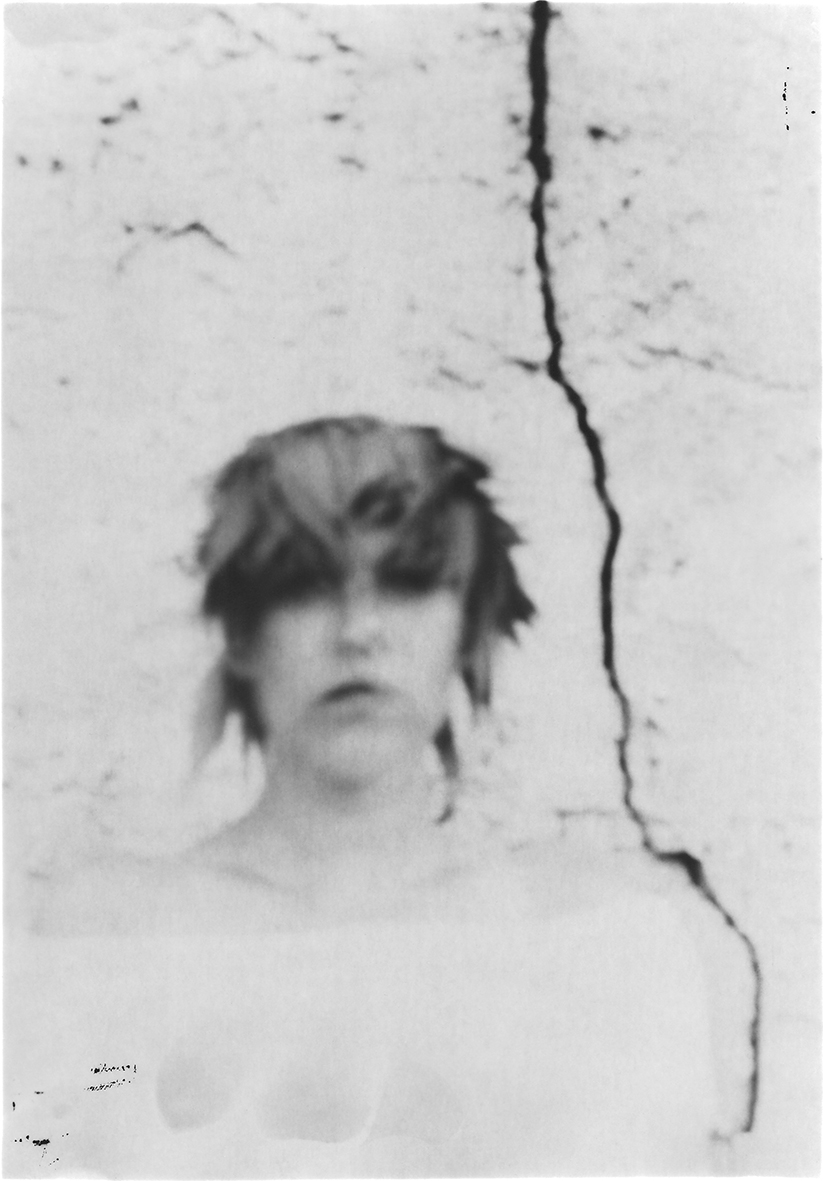
The portrait, developed, is there.
It exists.
Clearly, non-changeable,
the same for everyone.
And
Yet
the truth appears
individual.
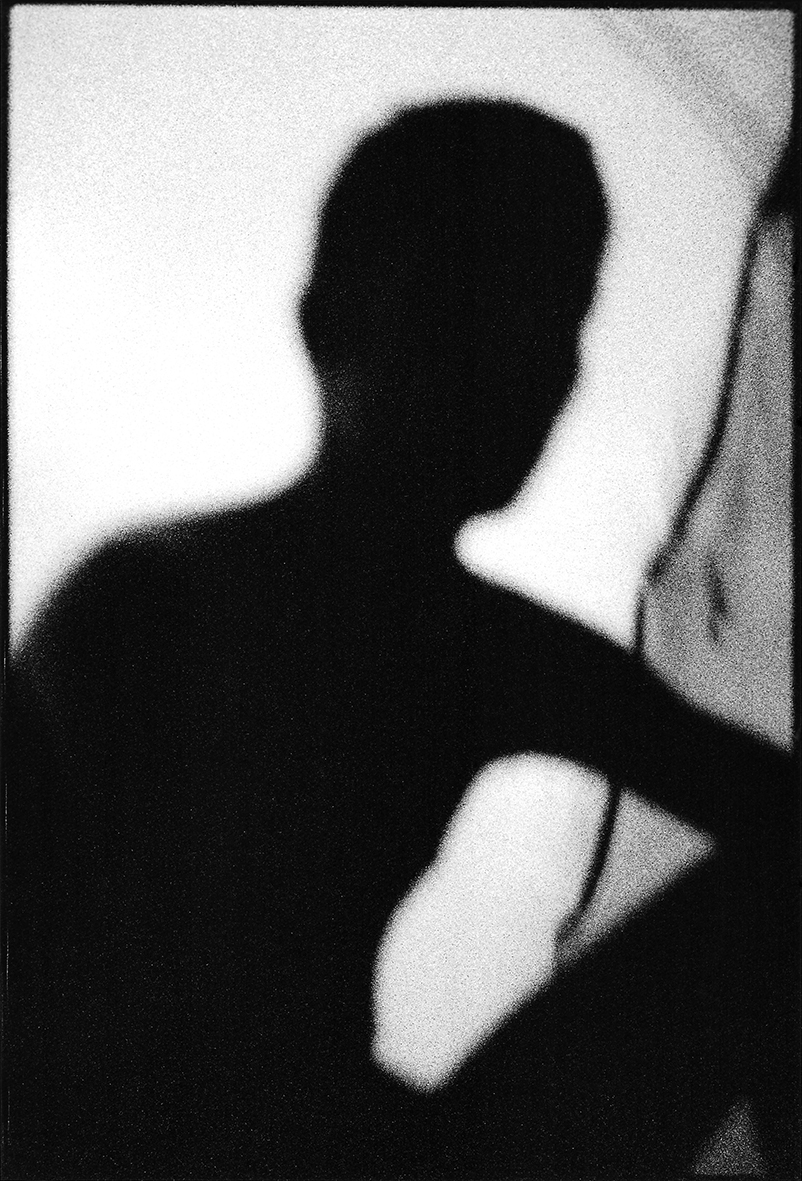
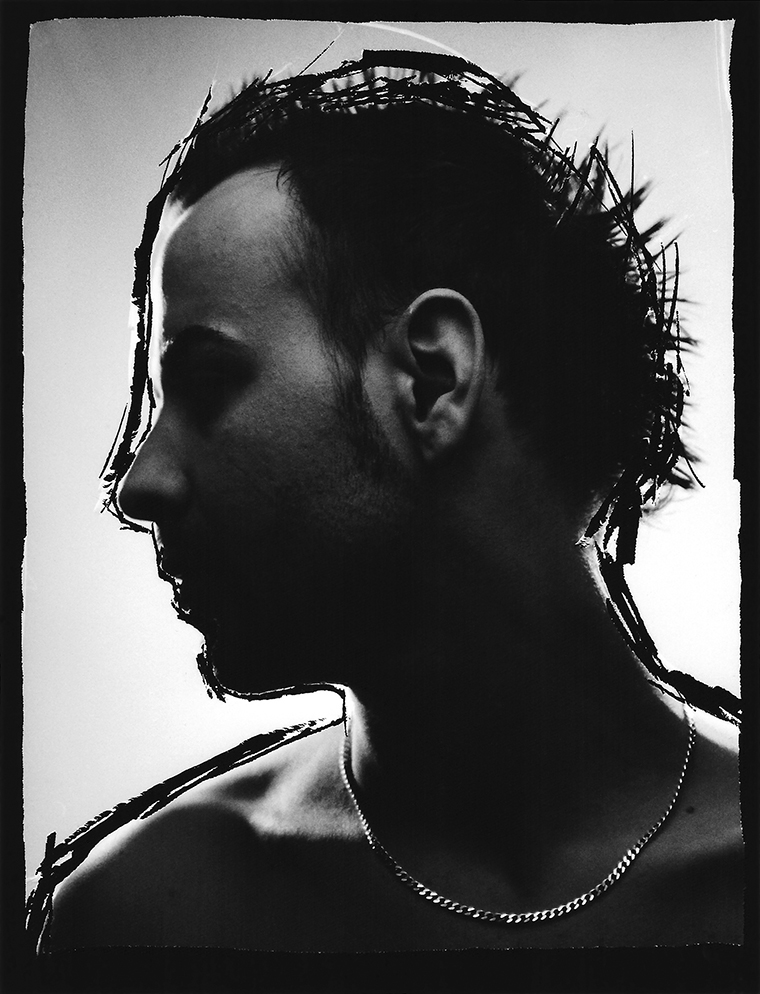

Copies, photographs
Photographs with faces,
that fill these pages.
You have seen
what you wanted to see.
What you let get close
to you,
what reached you.
